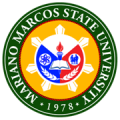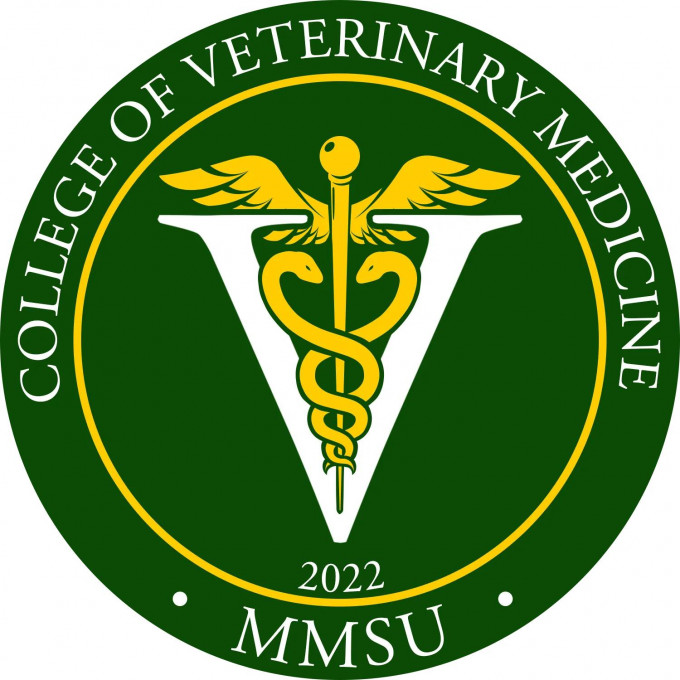.png)
DOST features R&D center for garlic, agri-food condiments
By Daniel P. Tapaoan, Jr.
The Department of Science and Technology (DOST) featured the Garlic and other Agri-Food Condiments Research and Development (R&D) Center of the Mariano Marcos State University (MMSU) in a virtual press conference today, September 14.
The MMSU-based research hub is among the other five new Niche Centers in the Regions for R&D (NICERs) under the agriculture, aquatic, and natural resources (AANR) sector. These are monitored by the DOST's Philippine Council for Agriculture, Aquatic and Natural Resources Research and Development (PCAARRD) headed by Executive Director Reynaldo V. Ebora.
The virtual presser, themed Regional Resiliency: Equipping Agriculture for the Future, was organized by the DOST’s Science for Change Program (S4CP). It aims to showcase the new R&D centers in the country which aggressively equip agriculture to sustain regional development.
MMSU’s R&D center for garlic and other agri-food condiments aims to increase the competitiveness of multiplier onion, ginger, black pepper, and turmeric in the market, and to develop a successful chain of production and processing.
Dr. Dionisio S. Bucao, program leader, said the Center comprises of five component projects. These include the collection, characterization, conservation, and improvement of garlic and chili genetic resources; improvement of garlic and other agri-food condiments productivity through integrated crop management system; development and evaluation of a village level low-cost storage structure for garlic; enhancement of the usability and profitability of garlic through black garlic processing; and, identification of the key strategies in improving the competitiveness of the local garlic through value chain analysis of garlic in the country.
Bucao said these activities will result to the revitalization of the garlic and other agri-food condiments in the country by selecting and conserving cultivars for varietal improvement; an increase of yield per hectare, local supply and net income of farmers; reduction of postharvest losses; and, identification of possible expansion areas of production.
MMSU President Shirley C. Agrupis extended gratitude to DOST for its confidence and support to the University, and promised that MMSU will always be an active partner of the national agency in making science work for the people.
“Given the opportunity to upgrade our R&D facilities, we strive to address the low yield and other negative impacts of climate change to garlic in the country,” Agrupis said.
DOST Regional Director Armando Q. Ganal committed support for the operation of the R&D center, particularly on transferring technologies to farmers thru trainings, offering of consultancy services, and provision of start-up funds to micro, small, and medium enterprises.
Other NICERs introduced in the virtual presser are the Queen Pineapple R&D Center of Camarines Norte State College; Native Chicken R&D Center of Western Mindanao State University; Cacao R&D Center of University of Southern Mindanao; Bamboo R&D Center of Central Mindanao University; and Caves R&D Center of the University of Philippines - Los Baños.
DOST Secretary Fortunato dela Peña said the new NICERs will serve as instruments in realizing AANR development, hoping these will rise as national centers in the future.
DOST Undersecretary Rowena Guevarra emphasized the launching of the six NICERs under AANR sector also serves as another effort in combatting the COVID-19 pandemic by ensuring food productivity and sustainability in their respective regions.
One of the four components of S4CP, the NICER program aims to address the discrepancy in access to R&D funding among the regions. Qualified higher education institutions are given grants to undertake quality research directed at promoting regional development. (StratCom)
Gallery
.png)
Dear Valued Client,
We will be introducing our newly upgraded website on October 31, 2024 – offering faster access, improved navigation, and enriched content for students, faculty, partners, and stakeholders. Experience how we cultivate minds and transform futures at MMSU.

 CAFSD
CAFSD CASAT
CASAT CAS
CAS CBEA
CBEA CCIS
CCIS COE
COE CHS
CHS CIT
CIT CTE
CTE COM
COM CVM
CVM Graduate School
Graduate School




